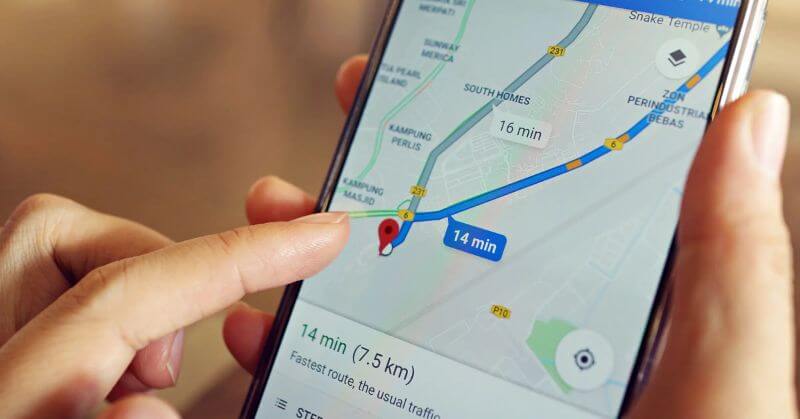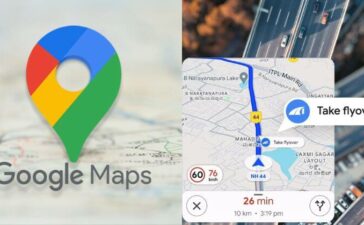Out of all the essential apps, one of the essential ones is indeed Google maps. This is an app that provides us with thorough information about geographical regions and sites worldwide. Unlike in the old days, people don’t have to memorize directions to unknown places. In this age of modernity and technology, this app is our best possible aid. In addition to providing us with road navigation, Google maps also offer aerial and satellite views of many locations. If this is not remarkably interesting, then what is?
If you are curious to know more about it, especially the algorithm behind its work, then you are at the right place. Read on to learn about it in detail.
What Is Google Maps?

The most common purpose for which this application is in use is to provide driving directions. It was launched back in 2005 in order to help people get from “point A to point B.” Furthermore, if we talk about the number of people who use it, one would lose count. After about 17 years, this app has become a daily use app for many people.
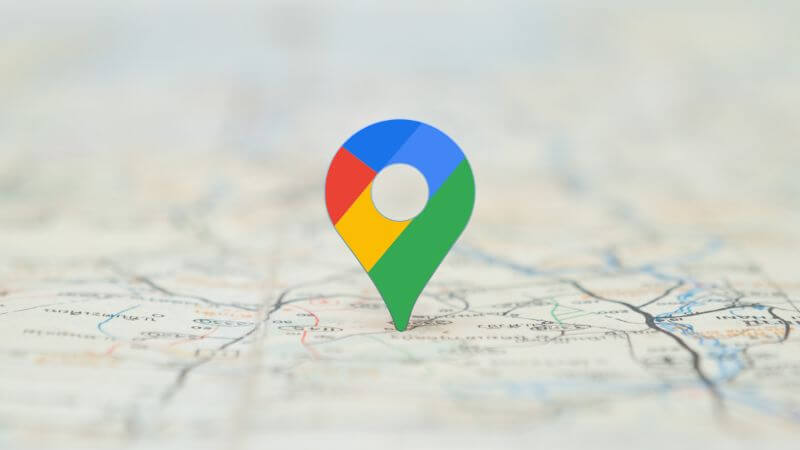
Besides this, if we talk about the languages used for building the framework of google maps, those would be C++, JavaScript, XML, and AJAX. In addition, it was initially a desktop solution. However, today, we all have this app pre-installed on our Android phones. It is a testament to how much popularity and essentiality this app holds.
Interesting Facts Associated With Google Maps

- Google Maps uses Machine Learning to suggest roads with low traffic.
- Google collects location data from all users in an area to give live traffic details.
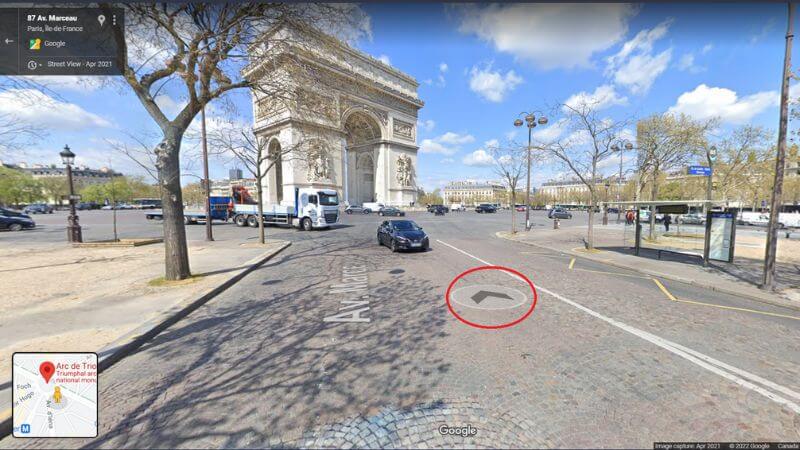
- This app uses previous traffic patterns on roads to provide information about the traffic condition at that particular time.
- After partnering with sister company DeepMind, Google Maps intends to improve time accuracy.

- Google Maps uses data and patterns from over 13 years to give accurate traffic insights.
- Road quality is considered to provide ETA and suggest better routes.
- While users use the app, Google continuously uses machine learning to indicate traffic conditions.
- This app basically uses Graph algorithms, namely Dijkstra’s algorithm, and A* algorithm, to find the shortest route.
Let’s Talk About The Algorithms It Use

The two Graph algorithms used by this application are known as Dijkstra’s algorithm and A* algorithm. They are basically graph data structures which is a collection of nodes that are represented by edges and vertices. Furthermore, the primary purpose of their use is to calculate the shortest distance from point A (Source) to point B (destination).
Dijkstra’s Algorithm
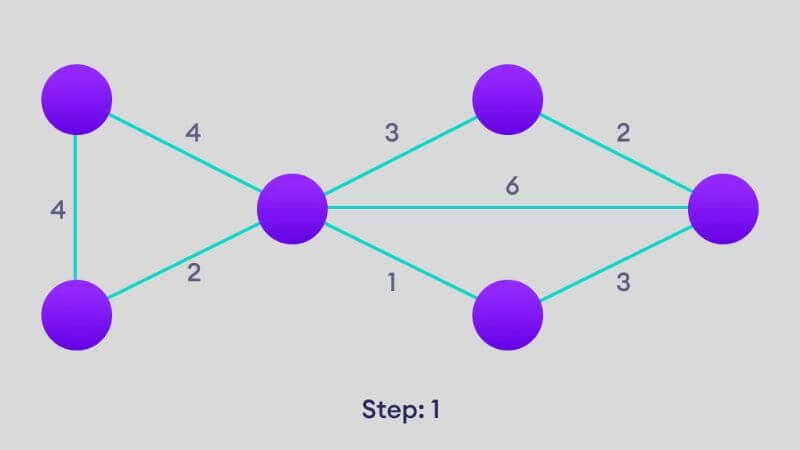
Dijkstra’s Algorithm is an algorithm that finds the shortest path between a given node. Which is basically known as the “source node” and all the “nodes in a graph.” Edsger.W. Dijkstra is the father of this effective algorithm. It was proposed in the year 1956 and published three years later. It has many variants. A single node is fixed by the variant as the source and then effectively finds the shortest path to other nodes. Therefore, with this concept, Google Maps calculate and display the most straightforward and quickest way between two points.
The downfall of this algorithm is that there are plenty of nodes. So with an increase in time and space complexity, this algorithm may fail. Thus, this is the reason why the A* algorithm proves to be more helpful.
A* Algorithm
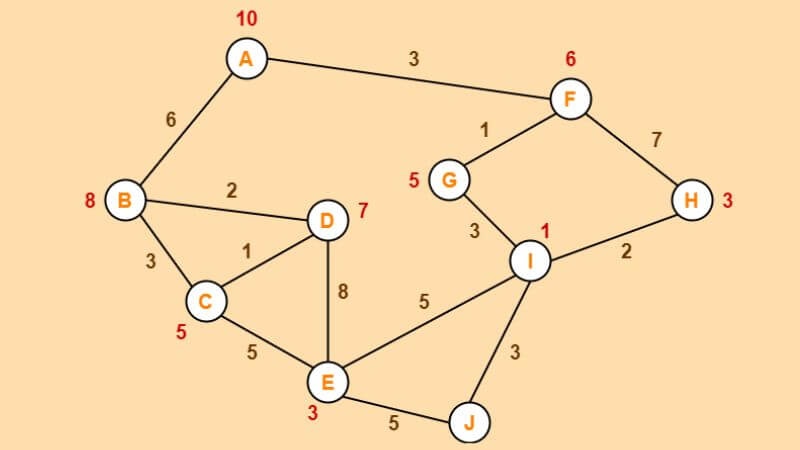
A* algorithm is a satisfactory graph traversal and path search algorithm. This best-suited algorithm for weighted graphs is full of optimal efficiency. This algorithm is better than the previous one because it is more complete and efficient. A* algorithm helps navigate a better and more efficient path using a heuristic function. Furthermore, unlike Dijkstra’s, the A* algorithm concentrates on only the destination nodes and not the other nodes, which makes it more proficient. Apart from that, it also looks at parameters like distance, time requirement, etc. Because of this, it chooses better nodes.
We hope you are well aware of how exactly Google Maps functions and its prominent algorithms.
Follow Us: Facebook | Instagram | Twitter |
Entertales is on YouTube; click here to subscribe for the latest videos and updates.


